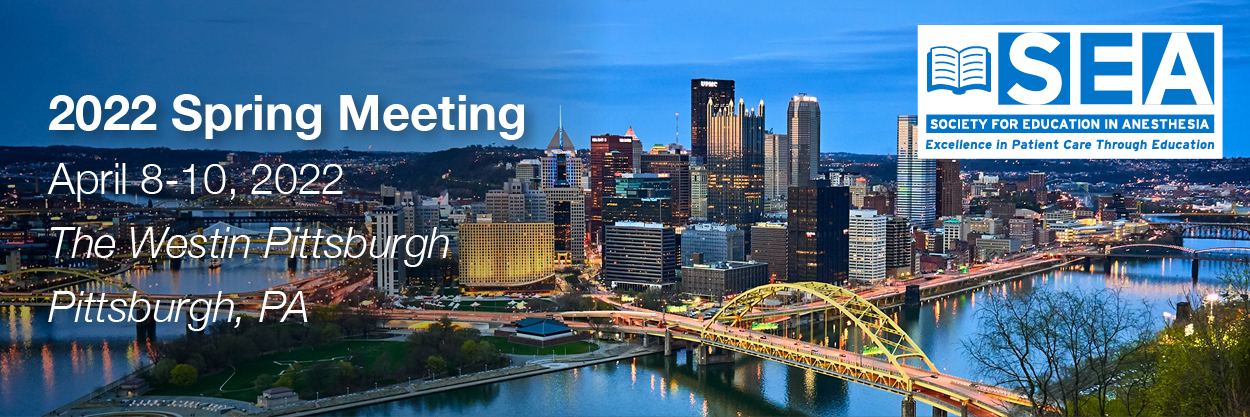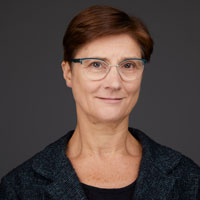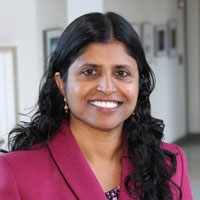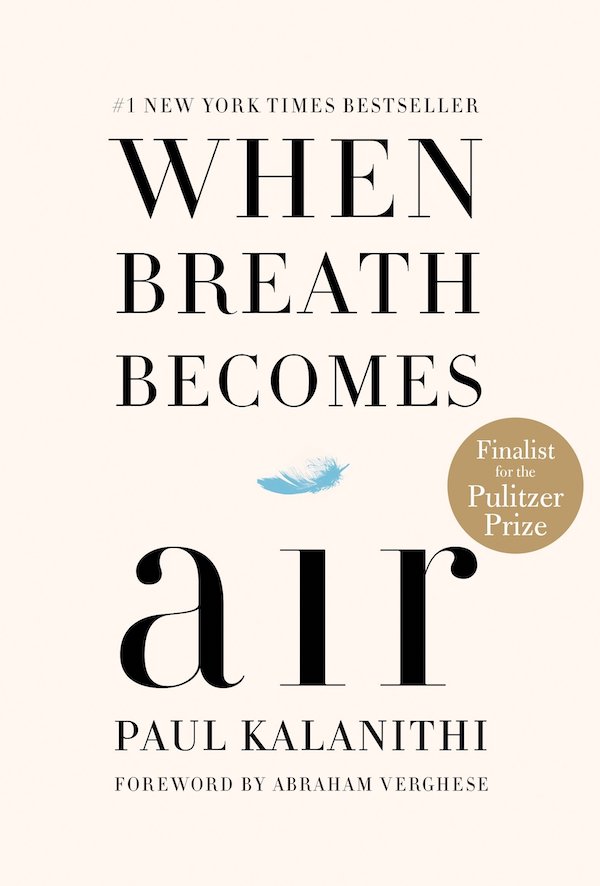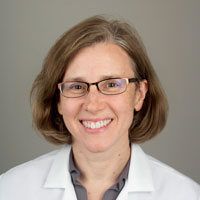Throughout 2022 we will be celebrating the fifth anniversary of when The Journal of Education in Perioperative Medicine (JEPM) became archived on PubMed Central (PMC). This could not have happened without the support of you, the SEA members, and we want to celebrate this landmark achievement with you the entire year. Landing on PMC was significant for the Journal in so many ways. For starters, the recognition of the Journals new status began a growth trajectory of manuscript submissions that has surpassed one hundred manuscripts in 2021. That’s up from fewer than ten in 2015! Our published articles get significant viewing. One of our most popular published articles is “How to Write Well-Defined Learning Objectives,” by SEA member Debnath Chatterjee, MD & Janet Corral, PhD. This piece has had over 32,000 total requests including more than 2,700 full-PDF downloads; it has also been cited in twelve other peer-reviewed articles including five in 2021 alone! None of this growth would have been possible without our incredibly talented and hard-working team of associate editors including Phillip S. Adams, DO; Eric Heinz, MD, PhD; Ryan Keneally, MD; Timothy Long, MD; Susan M. Martinelli, MD; Annette Mizuguchi, MD, PhD, MMSc, FASE; Deborah A. Schwengel, MD, MEHP; Jed Wolpaw, MD, MEd; & Lara Zisblatt, EdD, MA, PMME. On the administrative side, we owe a great debt of gratitude to Megan Sage, our coordinator in the SEA office, and Heather Chaney, our new Managing Editor with Allen Press.
So what can you do to join the celebration of the anniversary? First, we are always looking for talented reviewers. Giving your time and talents as a peer-reviewer is a tremendous service to the society, the Journal, and of course, our specialty. Second, you can submit your high-quality education manuscripts to the Journal. Many are published, but if not, our talented reviewers and associate editors will provide you with thoughtful feedback that you can incorporate when you resubmit elsewhere. Your education research manuscript will have been reviewed by some of the most talented minds in the business, setting them up for success down the road. Last, you can celebrate with us by attending the SEA spring and fall meetings. The Journal will be featured in a number of venues at each of our meetings including a reappearance of our “reviewing workshop”, which was so well received in the past.


 Let’s keep this short & sweet! We want to provide SEA members with quarterly newsletters that contain educational, inspiring, and interesting pieces. If you have an idea for a submission, or an author, and want to share, please email
Let’s keep this short & sweet! We want to provide SEA members with quarterly newsletters that contain educational, inspiring, and interesting pieces. If you have an idea for a submission, or an author, and want to share, please email 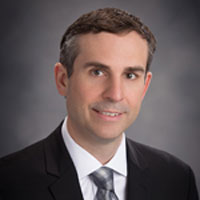 Growth and Renewal in 2023
Growth and Renewal in 2023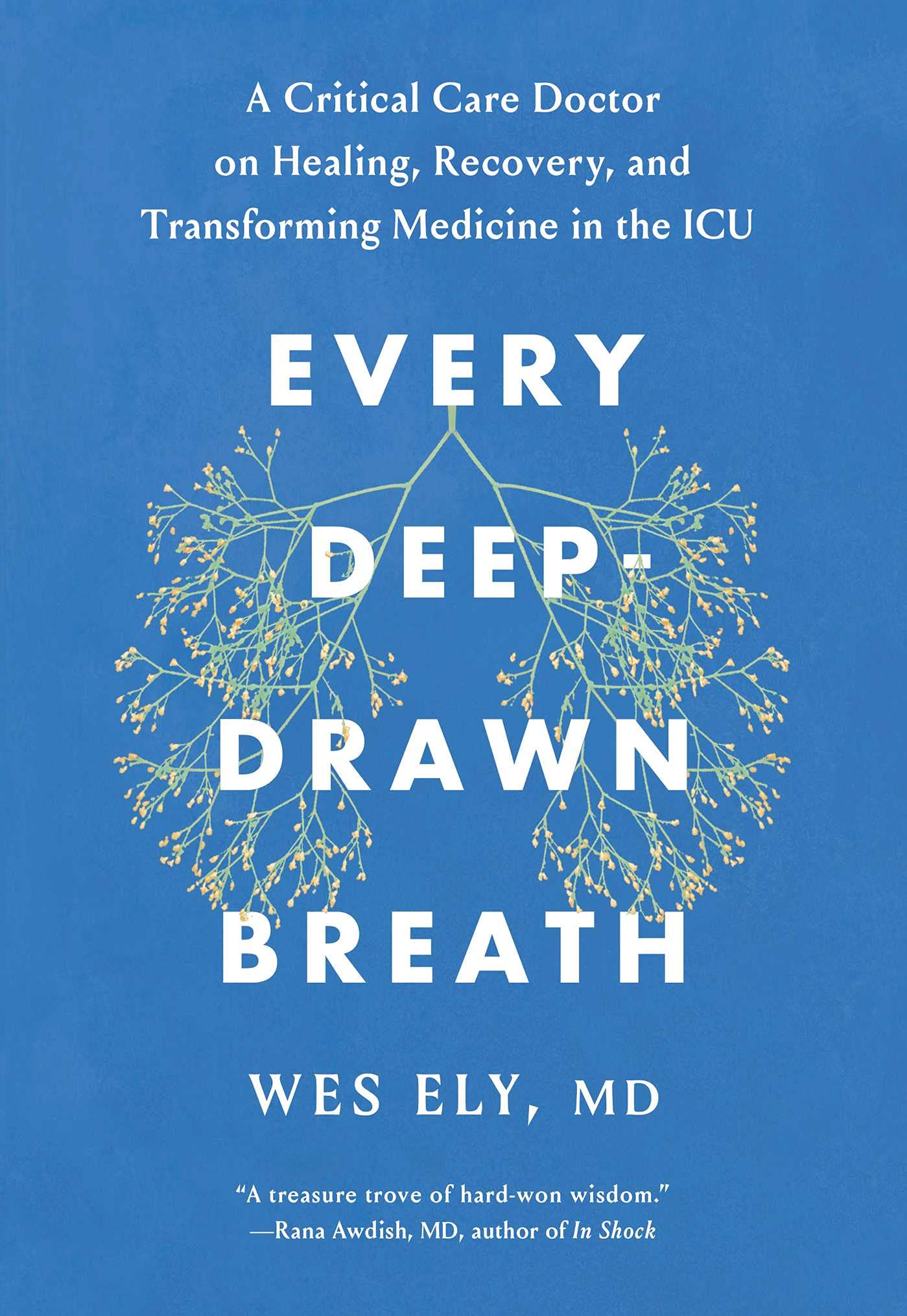
 As 2022 draws to a close and I am charged with writing my first President's message for the SEA. At this time of year, I find it best to express gratitude, do a bit of reflection, and set some resolutions for the new year.
As 2022 draws to a close and I am charged with writing my first President's message for the SEA. At this time of year, I find it best to express gratitude, do a bit of reflection, and set some resolutions for the new year.